7 ways to get rid of moss in a lawn – expert-approved methods to tackle the root cause and prevent it from coming back
The best natural methods to kill off moss so your grass can thrive
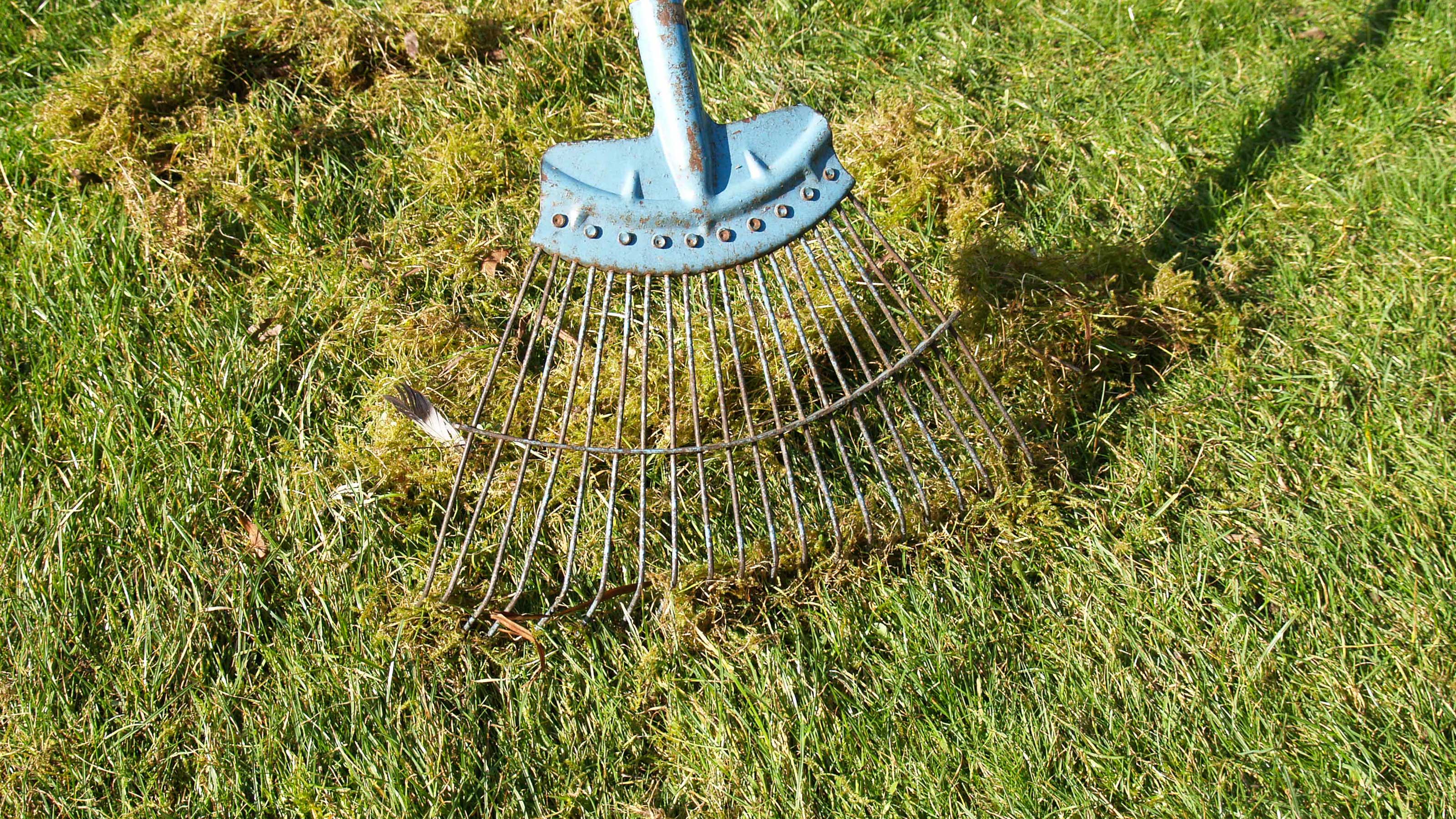

Moss can be a sneaky invader, creeping its way across your lush lawn and leaving it patchy and uneven, which is probably the main reason you're looking for the best ways to get rid of moss in your lawn.
Whether you’re dealing with a small outbreak or a more widespread invasion, knowing how to get rid of moss in your lawn is easier than you think when you understand the root causes that are at play.
When it takes over, moss can quickly become a nuisance as it competes with grass for space and nutrients, leaving you with a spongy, less-than-perfect lawn. It thrives in damp, shady, and compacted areas, often outcompeting grass and leaving your garden looking tired.
'Lawn moss can be a good thing, as it can cover bare patches - especially in shade. However, too much moss can be a symptom of compacted or badly draining soil,' echoes Jamie Shipley, a gardening expert and Managing Director of Hedges Direct.
'Heavy shade from hedges, buildings and fences often causes it to spread, but the good news is that it is easy to remove and keep at bay for the foreseeable future,' adds Guy Jenkins, Consumer Manager at Johnsons Lawn Seed.
So before you grab one of the best lawn mowers to get your lawn shipshape, we've rounded up everything from natural, chemical-free techniques like scarifying to natural moss killers that work quickly and efficiently to tackle the moss head-on.
1. Apply washing-up liquid
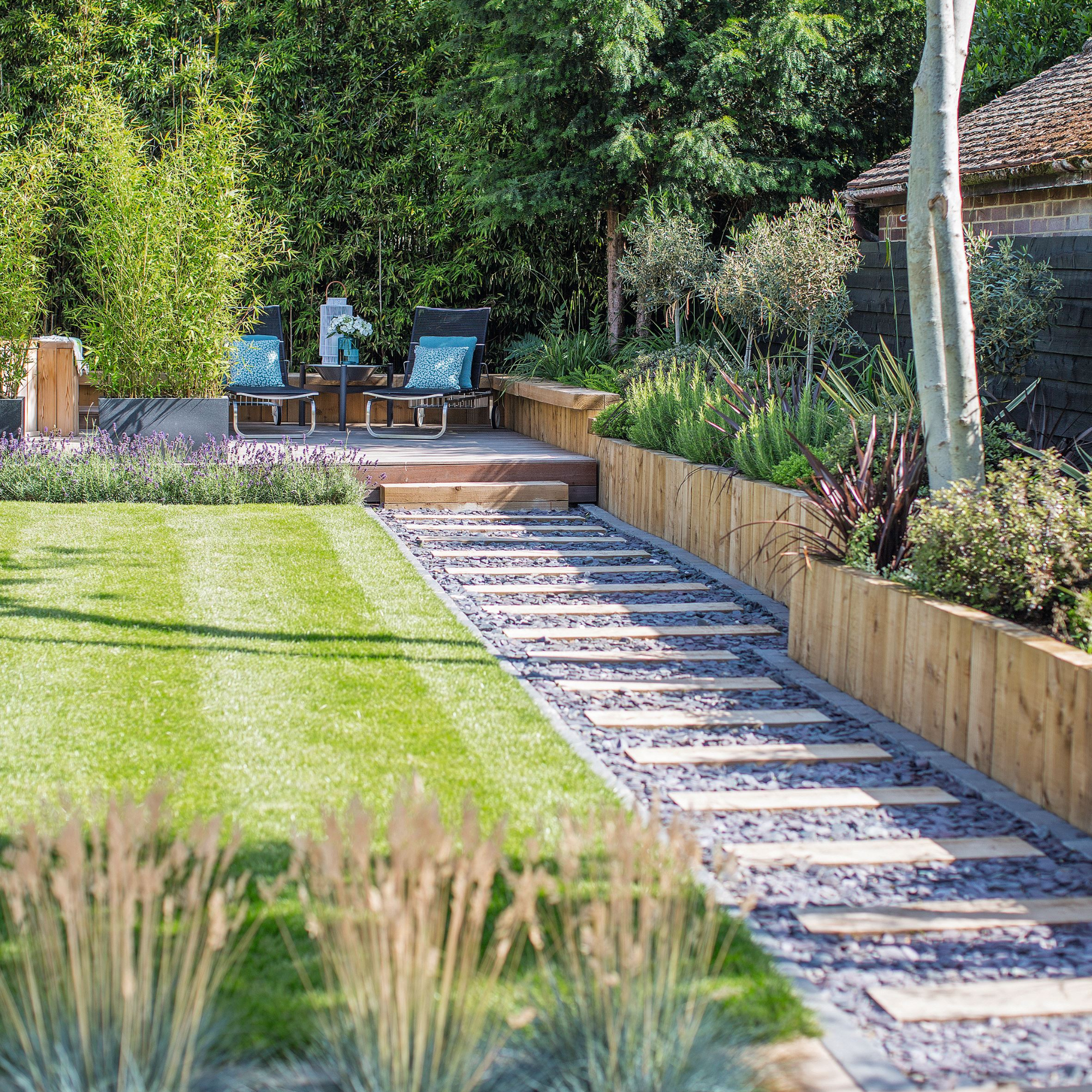
The humble bottle of washing-up liquid is effective in cleaning a lot around the house but did you know it also doubles as an effective moss killer too?
It works by breaking down the moss’s cell structure, causing it to dry out and die. Plus, it's relatively gentle to use on your grass. Here's how to use it effectively.
Combine 2 teaspoons of washing-up liquid with one litre of water in a spray bottle (you can pick up a reusable one like this Elliott bottle from Amazon) and douse the affected areas. Once the moss has turned orangey-brown, simply rake it away.
2. Iron Sulphate

A favourite among gardeners, iron sulphate (or ferrous sulphate) like Pro-Kleen from Amazon is a quick and reliable solution. Not only does it kill moss within days, but it also acts as a lawn conditioner, making your grass greener.
The moss will turn black when it's applied and can be raked out easily. Make sure you wear gloves and follow the safety precautions, as iron sulphate can stain hard surfaces and potentially irritate.
Mix the granules with water following the packaging instructions and spray over your lawn.
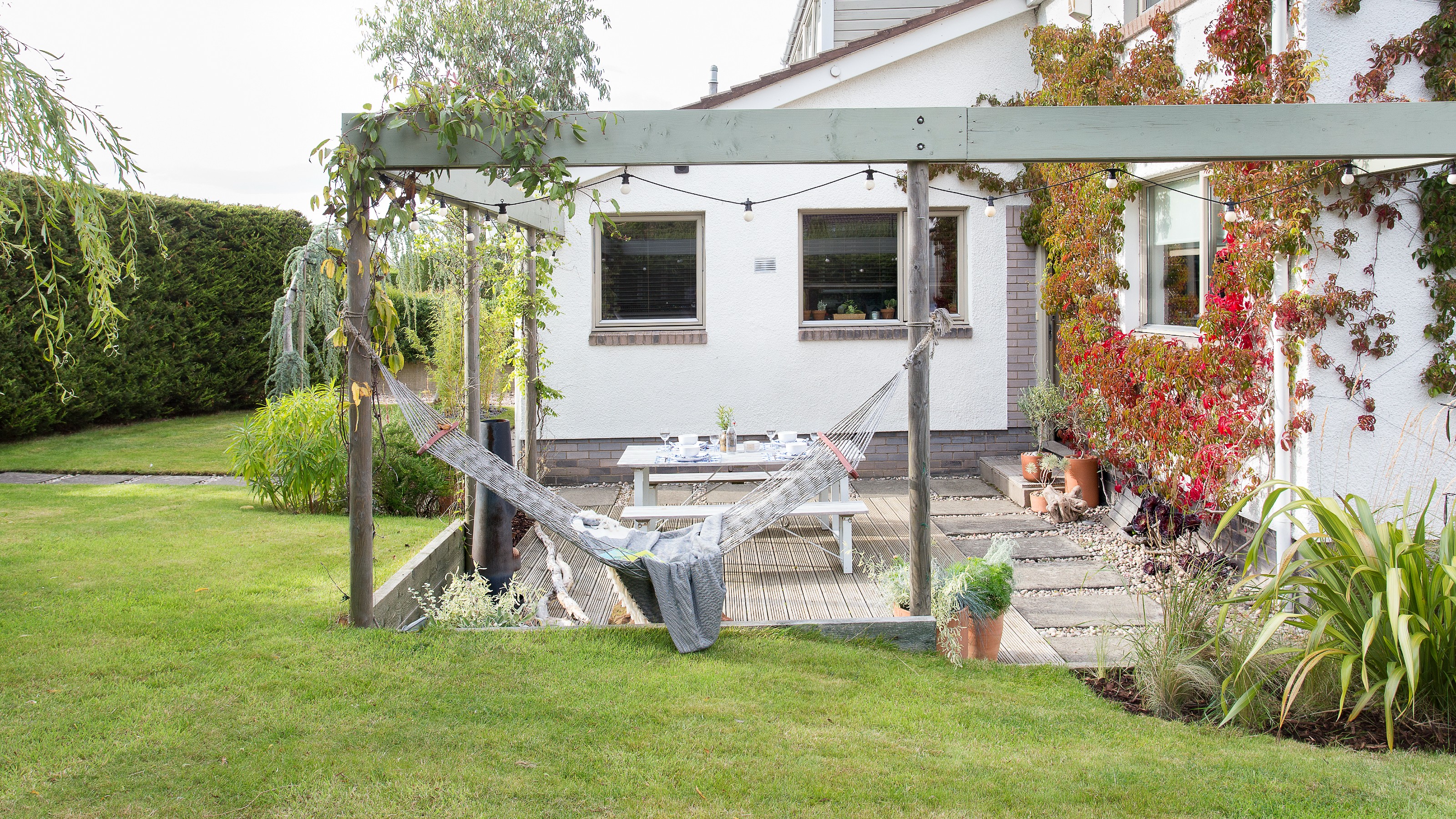
3. Scarification
If a treatment seems a tad excessive as an approach, learning how to scarify a lawn is a great way to tackle the moss. In simple terms, scarification consists of raking or using a mechanical scarifier like the RLA 240 cordless lawn scarifier, available at Just Lawnmowers, to pull moss out of your lawn.
'Scarifying is ideal for removing moss from your lawn, improving your grass’s health, and keeping it looking good, explains Paul Hicks, product and marketing manager at STIHL GB. 'If the layer of build-up is not removed, moss and other organic debris can form into a matted layer of thatch which will prevent water, light and nutrients from reaching the grass.'

'Scarify your lawn when you spot moss growth – but do this twice each year at most. Spring is the best time, with April and May the ideal months, as your grass will be growing strongly, and will recover quickly. You can scarify between March and May, as well as in September, depending on weather conditions.'
While it requires some elbow grease, scarifying not only removes moss but also aerates your lawn, encouraging healthy grass growth.
'This will leave bare patches, and uncover compacted areas, which will need aeration to get air back into the soil, before over-seeding the entire area to thicken up the grass. This is the safest way to remove moss, although laborious,' adds Jane Fairlie, technical development manager at Doff Portland.
4. Baking Soda
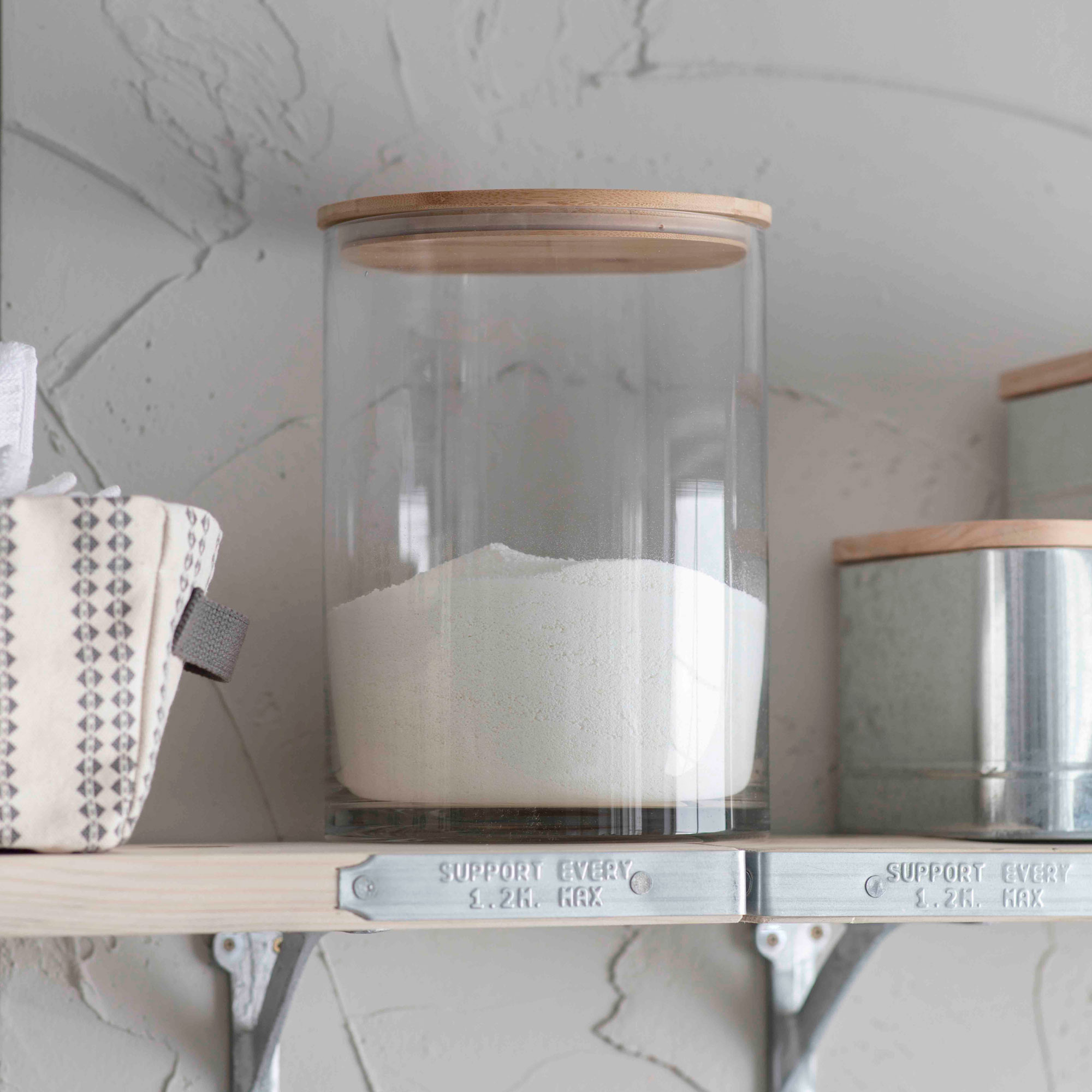
Baking soda is yet another natural, non-toxic way to eliminate moss and most of us have it knocking about our kitchen cupboards.
The alkaline nature of baking soda dries the moss out and helps prevent regrowth. However, it works best on small patches and in shaded areas so if you have a lot of moss to deal with this method might not be for you. However, it's a great option if you're trying to remove moss from a patio, for instance.
All you need to do is sprinkle it generously over the mossy areas and leave it to work its magic for a few days. If you're tackling large areas, you pick up a large tub like Grow Chem baking soda on Amazon.
5. Lime Treatment
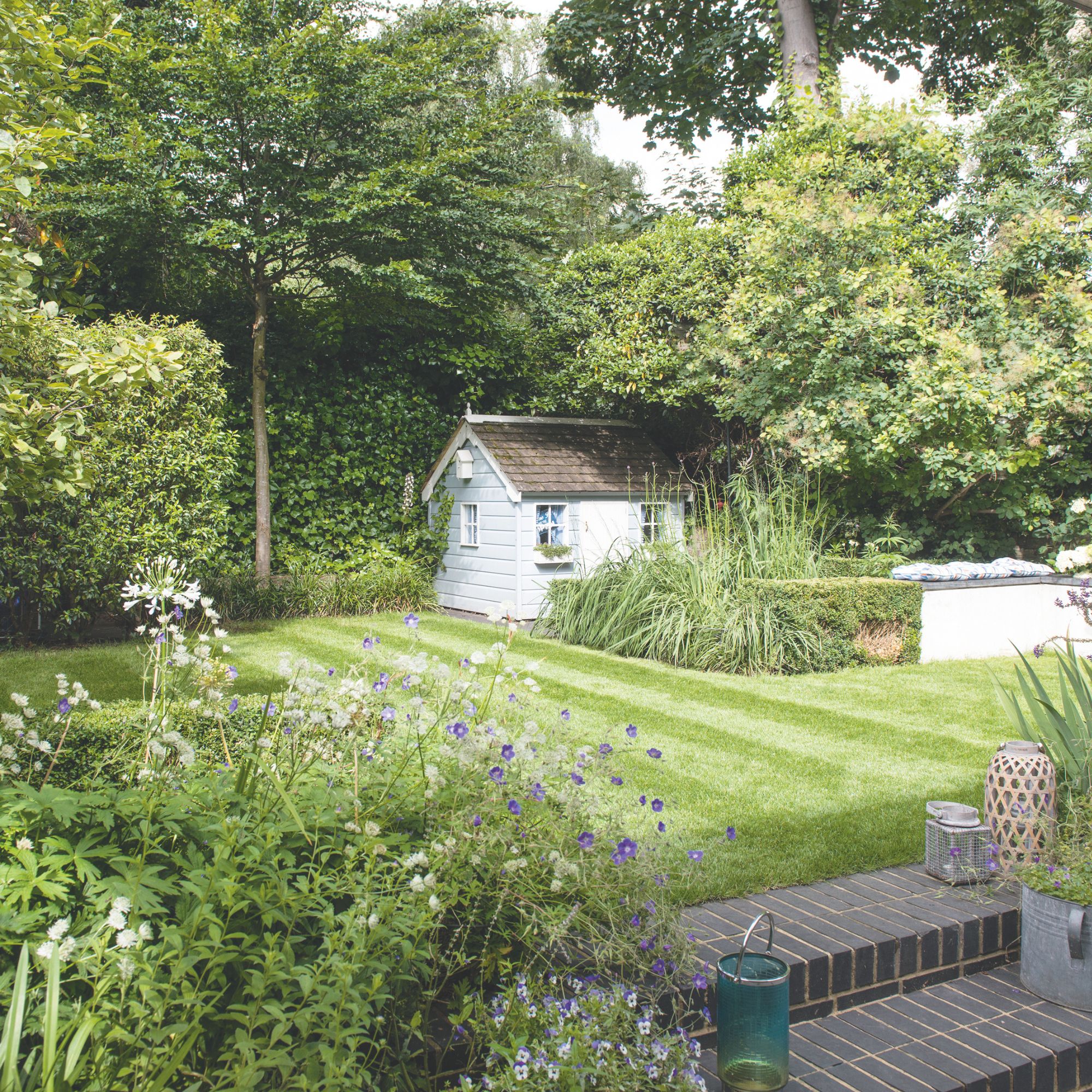
Moss can thrive well in acidic soil, so testing the pH of your soil and adjusting it can make your lawn less hospitable for moss growth. It won't directly kill it but it's a great way to curb and prevent its spread long term.
Applying garden lime like Westland's Garden Lime soil conditioner from Amazon can help to neutralise acidity, creating a friendlier environment for grass to flourish.
You can scatter the granules evenly over your lawn, water them in, and allow the pH to balance over time. It’s not an instant fix, but it’s a preventative method that tackles the root cause of moss growth.
6. Dishwasher Salt Solution
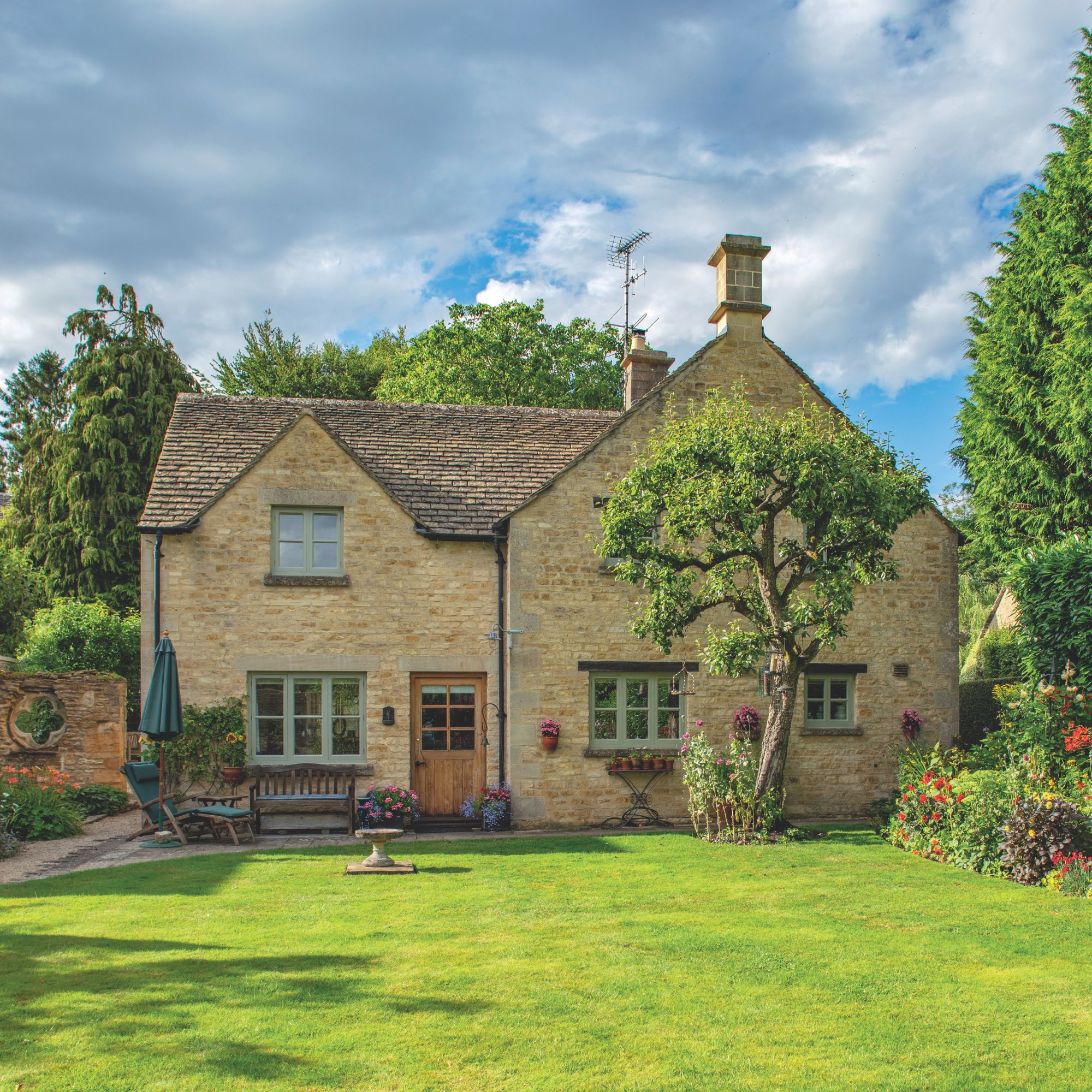
Another household hero is dishwasher salt, which can be diluted with water to create a moss-busting solution.
Mix one part salt with four parts water, pour it into a spray bottle, and target those mossy areas. The salt will dehydrate the moss and prevent it from spreading.
However, be cautious, as overuse can harm grass and surrounding plants so use it very sparingly.
7. Organic Moss Control Products
If you’re looking for a ready-made solution, there are plenty of eco-friendly moss control products available. These products often contain natural acids or plant-based ingredients that effectively get rid of the moss while supporting your lawn’s health.
'If you have excess lawn moss it’s best removed by gentle raking or by applying eco-friendly moss remover which is available from good garden centres or online, suggests Jamie Shipley, a gardening expert and Managing Director of Hedges Direct
Look for organic formulations that are free from harsh chemicals and safe for children, pets, and wildlife. Maxicrop Moss Killer & Lawn Tonic which you can pick up easily on Amazon is a 2-in-1 solution containing a natural organic seaweed base to kill the moss and make your lawn look lush to boot.
FAQs
Is moss bad for your lawn?
We asked Graham Smith MCIHort, a gardening expert from LBS Horticulture for his thoughts:
'Although moss can be beneficial in your garden, it can have negative effects on your lawn and can impact appearance and health,' explains Graham.
He's highlighted the negative impacts below:
- 'Moss can die off in summer if it is left untreated due to the low moisture levels, but this can leave behind unsightly bare patches.
- Moss can block grass roots from receiving water and nutrients.
- The moss on the lawn will compete with grass for growing space.
- Moss can make the colour and surface of your lawn uneven, and it can feel spongy when walked on.
- Moss can cause soil erosion as it provides surface cover and absorbs water.
- It can create a humid environment, which is often the ideal home for garden pests like slugs.
- Birds may pull patches of moss away from your lawn, which can leave behind bare patches and encourage the moss to spread to other areas of the lawn.'
What time of year is best for moss removal?
Generally speaking, moss removal is best tackled when moss is most active. 'however, we would strongly advise tackling removal in the early spring,' explains Cheryl Harper, Managing Director of Greensleeves
'This is because moss is typically most prevalent during this season, and the weather conditions – with moderate temperatures and moisture levels – are ideal for applying treatment and then overseeding with new grass.'
However, Graham Smith MCIHort, a gardening expert from LBS Horticulture suggests otherwise. 'Autumn is an ideal time to apply moss killer and scarify your lawn, as the grass is often growing strongly at this time and can easily recover.'
'However, you can use moss killers in spring to get rid of moss that has appeared over winter, but if you are scarifying your lawn you will need to take extra care to avoid damaging the new roots of the grass.'
Is it easier to remove moss, wet or dry?
Graham Smith MCIHort, a gardening expert from LBS Horticulture advises that you should tackle it while your grass is slightly damp, as this will get the best results.
'However, although it is easier to remove when the soil is damp, you should check that there is no rain forecast for the following few days, as this may wash away any moss killers applied to the lawn.'
But can you scarify wet grass? Experts suggest holding off if possible, in case you damage your lawn.
What kills moss permanently?
One of the major ways to get rid of moss is to scarify your lawn, according to the experts we spoke to.
'Controlling moss is an ongoing process, but the primary method to treat moss on a lawn is through a procedure called scarification, which essentially removes the moss layer from the lawn, allowing grass to grow more readily in its place,' explains Cheryl Harper, Managing Director of Greensleeves.
However, ingredients such as Iron sulphate are also effective.
'Ferrous sulphate, the main ingredient in moss killers, is seen to be very effective in killing moss. However, if the conditions on your lawn are right, it can grow back as no moss killer can truly kill the spores that cause moss,' adds Graham Smith MCIHort, a gardening expert from LBS Horticulture.
'To prevent moss from occurring or growing back once treated, you should keep on top of lawn maintenance:'
- 'Avoid cutting your lawn too close - scalping your lawn or cutting the grass too close to the ground will remove too much of the grass leaf, meaning that it cannot function properly to produce food and it may damage growth. This damage can mean that the grass is slow to recover or it may die off completely, leaving space for moss to grow in its place.
- Ensure you are mowing regularly - if you cut your grass too infrequently, you may be removing too much of the grass at once (i.e. more than a third) and shocking the grass, which will stunt its growth. When grass growth is stunted temporarily, moss can begin to grow in its place.
- Compaction - when your lawn is compacted, there is a lack of space for air to penetrate the soil and it will be unable to drain or hold water. This can make your lawn lifeless and slow-growing, and if the soil cannot drain away water this excess moisture can create the ideal growing conditions for moss.
- Grass damage - if your lawn is also used as a play area or has another function that leads to a lot of wear and tear, this can damage or kill the grass and allow moss to move in. Where possible, try rotating areas of use to allow the grass to recover, and you may need to reseed heavily damaged areas quickly before moss and other weeds take over.'
Plus Alasdair Boyes, Technical Manager and Lawn Care Expert at GreenThumb explains that clearing leaves is also very important for controlling moss.
'It is important to clear any lingering leaves from your lawn. These can block sunlight and airflow, preventing grass from growing properly,' says Alasdair.
'Additionally, wet leaves can promote the growth of moss and mould. Choose a dry day to rake up fallen leaves, this will allow your lawn to breathe and ensure it gets the necessary sunlight for healthy growth in the warmer months ahead. On a high setting, you can even use your mower to ‘vacuum’ up the leaves.'
Or you could invest in one of the best leaf blowers to keep fallen leaves at bay.
So there you have it, these are the best ways to get rid of moss. However, they are by no means a permanent fix.
'The fact is, moss won’t permanently disappear unless you change the environment in which it thrives,' explains Guy Jenkins, Consumer Manager at Johnsons Lawn Seed.
And if tackling moss is a particularly tricky garden job, you can find solace in the fact that keeping it growing is actually great for the biodiversity in your garden, according to Paul Hicks, Product and Marketing Manager at STIHL GB.
'Moss in your lawn isn’t necessarily a bad thing – in fact, moss can be a habitat and food source for some insects, and some species of birds use moss to build their nests too.'
Get the Ideal Home Newsletter
Sign up to our newsletter for style and decor inspiration, house makeovers, project advice and more.

Jenny is Senior Digital Editor and joined the team in 2021, working across Ideal Home, Real Homes, Homes & Gardens, Livingetc and Gardeningetc. Since getting on the property ladder, her passion for interior design and gardening has taken on a new lease of life. She loves collecting and salvaging unique items (much to her other half's despair) but sniffing out stylish home bargains is her one true love.
You must confirm your public display name before commenting
Please logout and then login again, you will then be prompted to enter your display name.
-
 I finally got my hands on the sellout Morris & Co armchair from Habitat, and it looks even better in person
I finally got my hands on the sellout Morris & Co armchair from Habitat, and it looks even better in personIt's back in stock, and well worth the wait
By Rebecca Knight
-
 How to stratify seeds – gardening pros swear by this secret to a thriving garden
How to stratify seeds – gardening pros swear by this secret to a thriving gardenThis little-known secret is a must for a lush garden this year
By Kayleigh Dray
-
 Cinema sofas are this year's breakout furniture trend, but are you a fan of this controversial sofa style?
Cinema sofas are this year's breakout furniture trend, but are you a fan of this controversial sofa style?Let us know in the comments
By Rebecca Knight